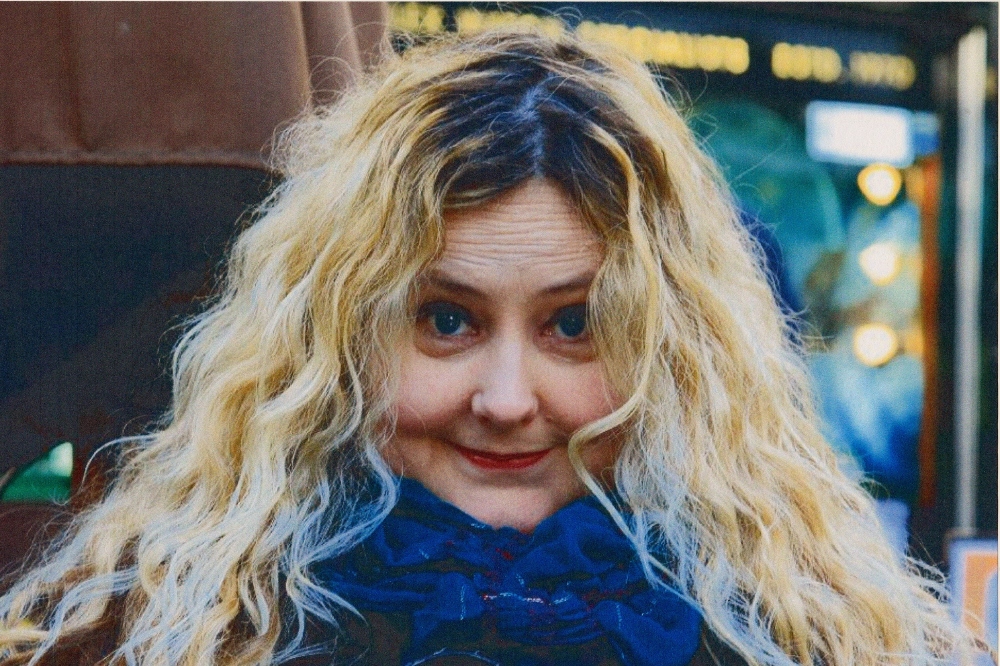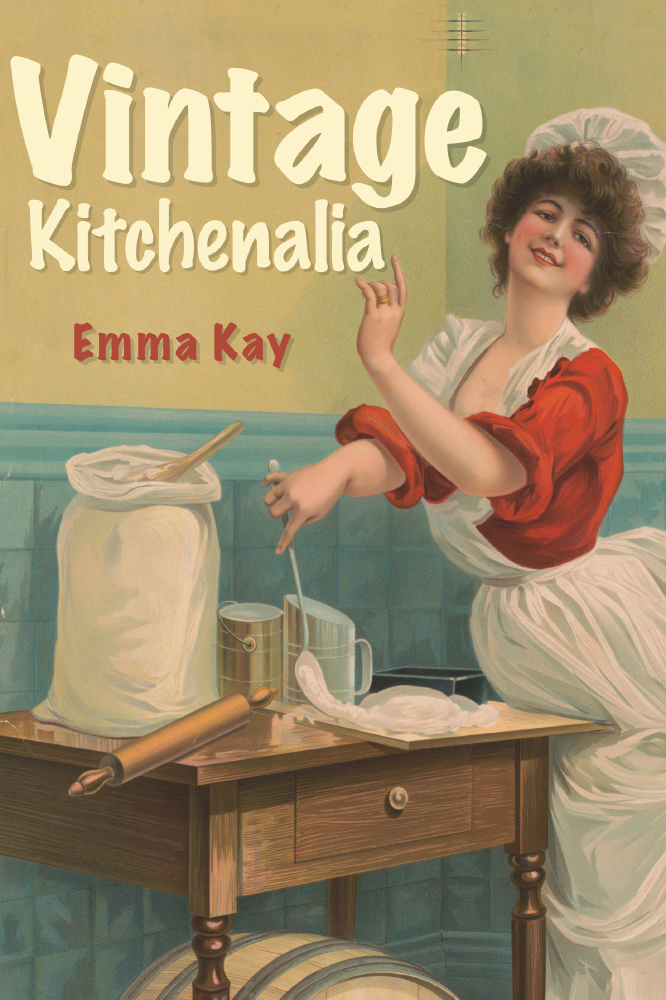Apple Parer
The first of the popular mass-market kitchen tools – the apple parer, was allegedly developed and first patented by Moses Coates in the United States in 1803. The invention of cast iron gears to peel, trim, cut and core heralded the start of basic labour-saving devices from simple grinders to choppers.

Emma Kay
Canning
In 1810 Peter Durand acquired a patent to develop sealable tin containers, a process the French confectioner, Nicolas Appert had been working on for some years. His 1811 book The Art of Preserving, is testament to this. The patent was sold onto Bryan Donkin and John Hall, who opened the first canning factory in England. Durand referred to the source of his patent originating from a ‘friend abroad’. Was this Appert? We shall probably never know. Appert founded one of the first commercial preserving factories in the world, La Maison Appert, destroyed during conflict in 1814. He died in poverty.
Closed-Range
Count Rumford was an Anglo-American physicist who developed pioneering technology to improve the humble kitchen range, into a self-contained unit.
He achieved this by sealing the top of the fire with an iron plate, heating the sides
and front of the enclosed interior oven area. The hot surface of the plate itself could then be used to boil, fry and so on. His kitchen design for the Foundling Hospital in London, was to become the benchmark for all public kitchens.
Fizzy drinks
Johann Schweppes carbonated mineral water in the late 1700s and bottled it to sell to the masses in a cleverly designed bottle. This had to be laid flat to keep the fizz in and the cork wet.
Food Mixer
Again, it was the Americans in the early part of the 1900s who pioneered electric mixers, with the first domestic Kitchen Aid manufactured around 1919. The wartime electronics engineer Kenneth Wood, rivalled this with the Kenwood Electric Chef in 1950, a revamp of his earlier and popular Kenwood Electric Food Mixer of 1947.
Fork
Bone forks as early as 1900 BC have been unearthed in China and the Romans used them for a variety of culinary purposes, despite preferring to eat food with their fingers. One story of the evolution of the fork is said to have originated in Italy to tackle pasta eating. There is a reference to a visiting dignitary to Venice around the eleventh century, who revealed a two-pronged contraption during dinner one night. First considered un-godly, it must somehow have taken off, as by the middle of the sixteenth century forks were widely adopted across Europe and England.
Ice Cream Scoop
A young African-America, Alfred Cralle developed the ice cream scoop in 1897, as a useful design to make his job of serving ice cream to customers in the pharmacy where he worked, a little easier.
Microwave Oven
The American physicist, Percy Spencer has always been credited with the invention of the microwave. However, the British scientist James Lovelock may have accidently invented the process before Spencer while conducting an undocumented experiment using a magnetron to cook a potato, some twenty years before the first microwave ovens came onto the market.
Percolator
An Englishman, George Biggin invented the first percolator in the 1780s. The coffee loving British, who by 1871 were importing some 40,000,000 pounds of coffee from the United States went from roasting beans in an iron drum over the fire, to grinding it in coffee mills invented; again by the English, to filtering it through cheese cloth or muslin over the space of around a hundred and fifty years.
Refrigerator
Too many people to mention were involved in the development of refrigeration. William Cullen and James Harrison, being two of the most formative. George Bevan Sloper dedicated years of his life to preserving fresh produce, before patenting a refrigerator in the mid-1800s. Benjamin Franklin was also involved in early experiments to investigate the principles of evaporation and cooling.


